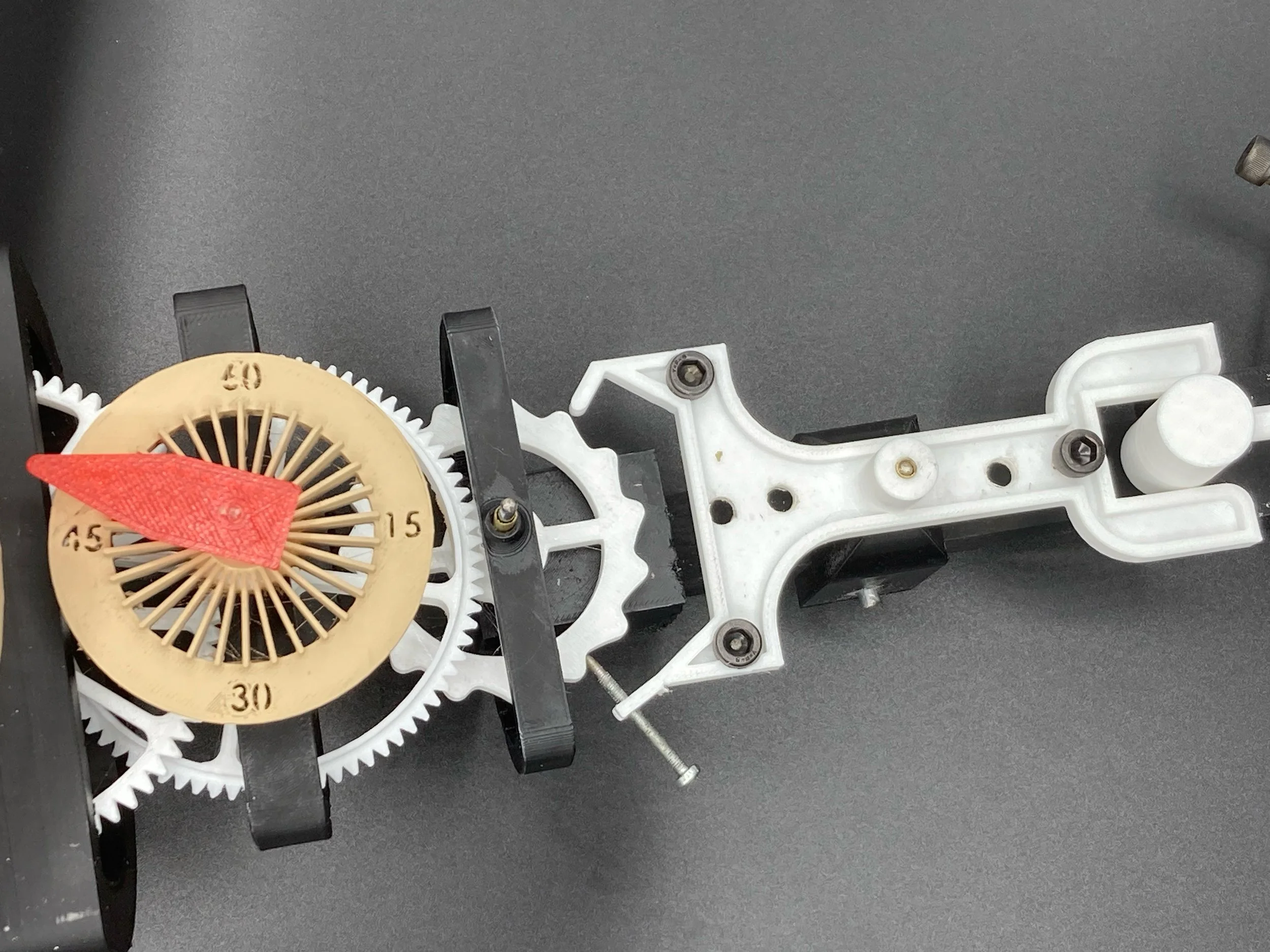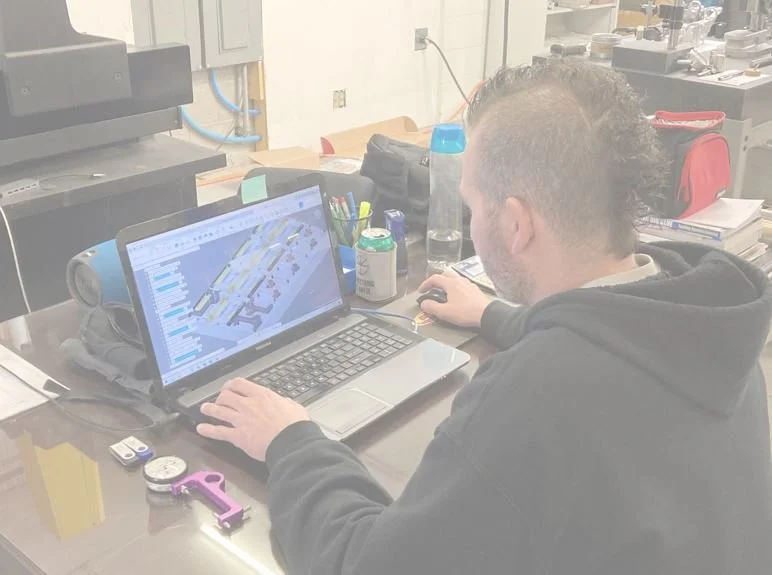Cardinal Manufacturing is a student-run business in the Eleva-Strum High School. In a student-run business the students are responsible for all aspects of the business. It is a custom job shop that makes manufactures parts for community members and people throughout the country.
They are having an open house event on May 8th, 2024, from 4pm to 9pm. Come checkout what makes this program so great!















